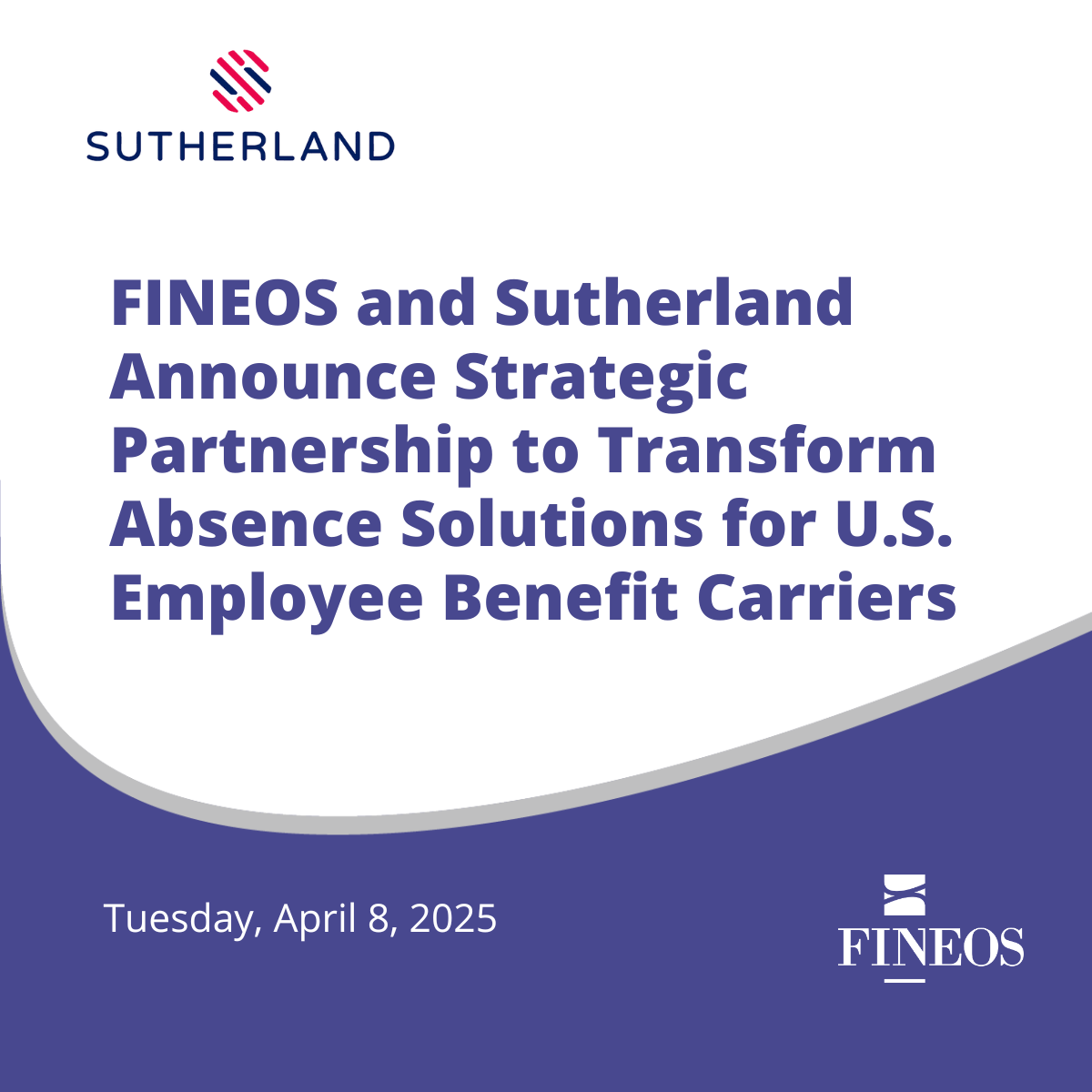Original article appeared in LIMRA MarketFacts January 2022 (Download)
By: Dan Watt, SVP Product Management, FINEOS
Voluntary benefits have become invaluable to both employers and employees. As a supplement to core coverages, employers see these as relatively low-cost and effective elements to attract and retain talent in today’s highly competitive labor market. For employees, their value became more apparent during the pandemic as many dealt with unexpected financial and health issues. As a result, 2021 saw higher levels of growth in voluntary benefits than in years past.
Innovation Opportunity
As demand continues to rise, so do the opportunities for innovation. A 2021 Willis Towers Watson study discovered that 95 percent of large employers believe voluntary benefits are critical to the total rewards strategy, compared with 36 percent in 2018. Approximately 75 percent of employers plan to differentiate their benefits by adding new products and features, such as off-cycle enrollments and interactive learning tools to guide decision-making. In addition, to validate if existing benefits are relevant and meet their employees’ needs, employers are investing in nontraditional ways to interact and engage.
Before the pandemic, most insurers and solution providers understood the importance of technology, but, for a variety of reasons, were hesitant to embrace its full potential. After being forced to conduct business virtually, organizations are now fueling technology investments that would have been rejected, underfunded, or postponed in years past. Meeting employees where they are is now more important than ever. The success of digital engagement has removed any doubt of its effectiveness. The real focus for insurers is to innovate and leverage their investments in technologies to differentiate themselves in the eyes of their employees, brokers, and customers.
Technology-Enabled Value
To differentiate, insurers will need to really understand and focus on what customers value, not what they think customers value. This means knowing exactly where the pain points and bottlenecks exist. It also means leveraging the information they already know about customers to guide decisions. For example, if an employee has purchased accident insurance, but not hospital indemnity, was that an oversight? Fortunately, there are AI-enabled, experience monitoring technologies that can help. Doing things faster, smarter, and cheaper means having the right solutions to drive out unnecessary costs and provide the foundation for flexibility and change.
According to IDC, remote work is the number-one anticipated permanent workplace and technology change emerging from the pandemic. If this is true, and we believe it is, organizations will need to invest heavily in delivering integrated, easy-to-use self-service for all core functions, especially those that interact with critical customer touch-points such as enrollment and claims. It is imperative for organizations to have one digitized source of truth around the current plan, the policies, the member-level enrollments, coverages, and class-level views. Without this, it will be almost impossible to remotely deliver the level of personalized service that customers now expect. Although it may be tempting, we recommend against building on solutions designed for other products and purposes, as these add-ons will most certainly result in a difficult hurdles to overcome when the benefit landscape changes again.
Voluntary Benefits Fuel Opportunities
The future of voluntary benefits is filled with endless opportunities to enrich the lives of others in an effective and value-added manner, as long as organizations are willing to continue to invest in technology to drive innovation and challenge norms within their business models. As employers create new ways to address labor shortages and employee needs, new waves of products and services will emerge, and solution providers will play a critical role in making these necessary pivots possible. Most organizations have proven they can respond quickly during a crisis.
The real question is whether they will continue to move forward, or retrench.


